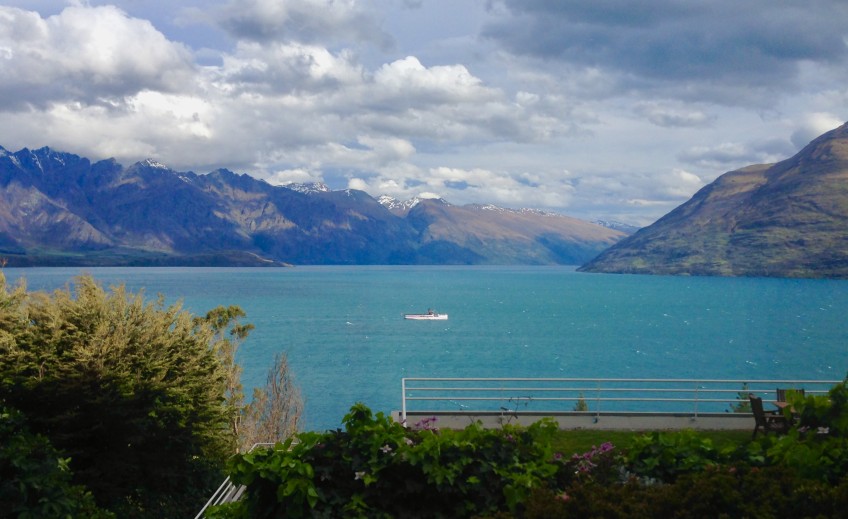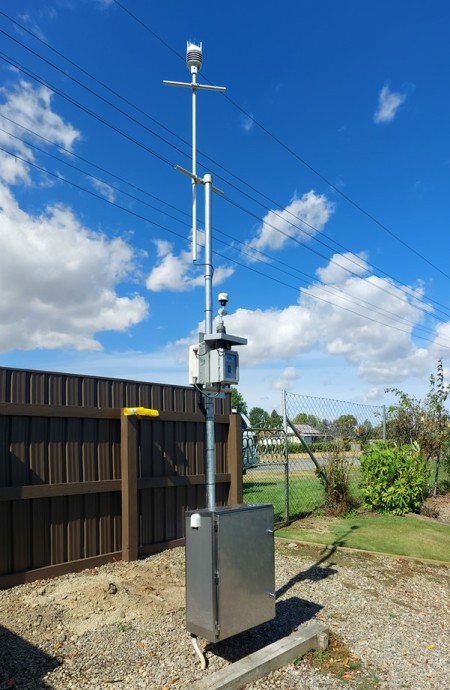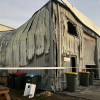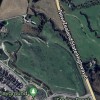
Air quality monitoring upgrades at six sites

Image (Supplied): Monitoring site at Clyde.
The ORC air quality team has recently upgraded several monitoring sites in Otago, and they are now capable of recording finer particulate matter concentrations in the air.
These upgrades are part of a move to monitor PM2.5 and focus on smaller combustion-related sources of particulate matter.
Previous instruments only monitored PM10; solid or liquid particles less than 10 micrometres that include vehicle, industry, and home heating emissions, as well as natural sources.
Mosgiel, Dunedin and Arrowtown sites have had new instruments installed to monitor both PM10 and PM2.5 as well as new instrument housing.
These three sites are part of the overall air monitoring network across the region, with monitoring sites located in Milton, Mosgiel, Dunedin, Alexandra, Clyde, Cromwell and Arrowtown.
The Clyde, Cromwell and Milton sites have had new instruments installed to monitor PM2.5.
Combustion-related particulate matter is more harmful to our health as smaller particles can enter the bloodstream after inhalation into our lungs.
“These upgrades will help monitor for unhealthy levels of air pollution, and the new instruments on site are more reliable, and will require fewer site visits and technician time.”, says ORC General Manager Policy and Science Anita Dawe.
“We generally accept we’re able to enjoy good air quality most of the time. However, it’s vital we focus on improving air quality, where required, to enable us to live in a healthier region.”
ORC’s monitoring sites provide valuable information for monitoring air quality and this air pollution data is often shared for local studies.
“We are also hoping to install two new sites in Wanaka and Queenstown over the next 12 months which will monitor PM2.5 and help provide us with a picture of the air quality in these two towns.”
PM10 are solid or liquid particles in the air, smaller than 10 micrometres, and include vehicle and industry emissions, as well as natural sources such as dust and pollen. The main source of PM10 in Otago is from home heating emissions.
“Given the prevalence of home heating emissions in our air quality data, ORC runs an annual Burn Dry, Breathe Easy campaign.
This campaign is designed to highlight better ways to manage home heating emissions, including by ensuring wood is dry before burning, and rubbish is not burned in domestic appliances.”, Ms Dawe says.
Woodsmoke pollution can be reduced when residents burn only dry wood and keep their fire hot and not smouldering. Further reductions in woodsmoke pollution could potentially be made through thermally efficient homes with good insulation, she says.
During winter conditions people want to keep warm and be able to keep burning fuel, but everyone has responsibilities whether at home or as landowners, industry, or businesses to play their part to improving air quality.
The Council hopes this campaign will encourage residents to consider their health and that of others in their area when using wood burners.





























